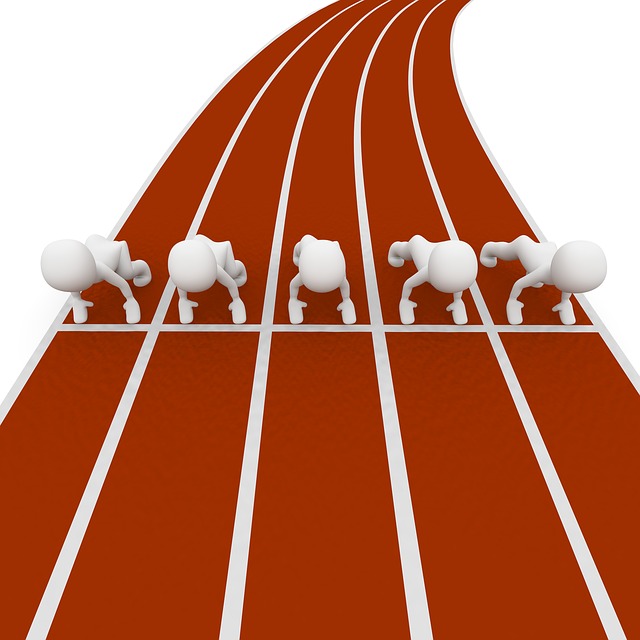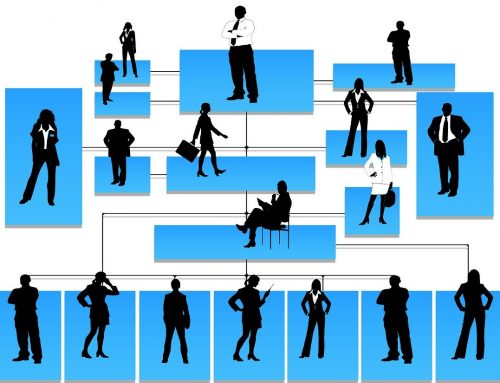As we have explained in other articles, the interests and motives that move a customer today to purchase a product or hire a service are very different from those of yesteryear.
We are facing a more demanding consumer. Better informed, with greater decision-making power and who, moreover, is looking for different experiences that motivate him to buy.
“How to offer something extraordinary and novel” is something all companies ask themselves. Today it is very difficult to launch a product that no longer exists on the market. Therefore, the most plausible option is to add an extra stimulus. Seeking a competitive advantage in our product or service will be paramount.
Contenido
Types of competitive advantages
We can classify competitive advantages into four main classes. We must identify what kind of advantage is feasible to develop in the long term in our company in order to be effective. Not all classes are likely to fit our business, nor is it applicable. And we won’t be able to apply what we want either. Let’s look at the examples.
Intangible assets as a competitive advantage
In this type of advantage we include: brands, franchises, reputation, patents,… A brand well known or valued for its history, trajectory or reputation sells simply for the fact of “BE” that brand. A white-label product of equal or superior quality can do little to that competitive advantage.
This type of advantage is usually not voluntary, as it is not up to the companies to decide to have this competitive advantage.
Cost advantages
It is the most classic advantage. It is a question of producing at a lower cost because mass production reduces the unit production cost price. It does not mean that the product is worse, it simply means that we have a more efficient production system that reduces the cost per unit. Sometimes companies choose to reduce wages, work with low quality materials, etc. that make the product worse. It will be difficult to maintain this advantage over time, as the consumer may ultimately not accept this decline in quality.
Network Economies or Net Effect
This advantage usually occurs when the value of a product (or service) increases as its users or customers increase. This is a competitive advantage that occurs when the brand or company strengthens its position in the market by an increase in sales. In addition, its advantage is precisely the great presence in the market.
The RSS are a clear example of this advantage. Who is going to join a social network that does not have users? The hook is precisely that you are going to find thousands (or millions) of users within.
Change costs
This advantage occurs when the shift to competition is so complicated that the benefit is not worth it. It’s a way of building customer loyalty. But it can also be a double-edged sword.
“I found it so difficult to get out of that company that I would not return now”
Above all we see this advantage in services (banks, telephone companies, supplies,…). The effort that the customer must make when switching to competition may sometimes not be worth it. That’s why many companies offer to manage and help the customer with the change.
Development of competitive advantages in a company
Some competitive advantages are inherent in our capacity for development. Therefore, we must focus on what type we can implement to attract customers.
We can create a series of advantages that bring us competitiveness to beat our rivals.
The creation of competitive advantages is associated with a process of change in companies. The new approach that we give to the product, the change in the attention or in the service or another methodological adaptation will have repercussions in our company by the simple fact of proposing it.
Strategies to create competitive advantages

It is necessary to think and value which strategy can help us achieve our purpose. To elaborate a product of more quality, to give a differentiated service to the clients or with added value, to have a better geographical situation than the competition,…
We can look for offensive strategies (to compete directly against a rival’s advantage). Or defensive (competing with ourselves: lower costs, improve performance,…)
Three main types of competitive strategies exist:
- Differentiation: It consists of offering something different, with added value, to what the competition currently offers. To be useful it will be necessary to analyze what they want to receive customers who buy that product or service and what would make them decide for us. We can also use features of our product to create a brand reputation.
- Specialization: Adapt the product to the specific needs of a target more specific. A CRM that provides us with the necessary information from the Sales Activity of our customers. We will be able to better analyse their needs. Focusing on a limited portion of the market allows us to offer something more appropriate and precise to the customer’s need.
- Cost: Offering a lower price than the competition can be attractive. But sometimes it’s not profitable if the quality of the product is the same and we don’t have a production cost advantage. It can be useful to make our product known. But it can be unsustainable over time.
Applying these changes implies redefining oneself and looking for a distinctive difference. The most significant variations may involve a redefinition of our entire business, of the product or of the customer to whom we are addressing ourselves.
In short, what we must bear in mind is that a competitive advantage gives us a better position vis-à-vis our rivals.
Our strategies can therefore be variable depending on the position of our competitors. Thus, we are faced with a constant struggle to be competitive. When competitors react to our competitive advantage, we have to innovate again.






Leave A Comment